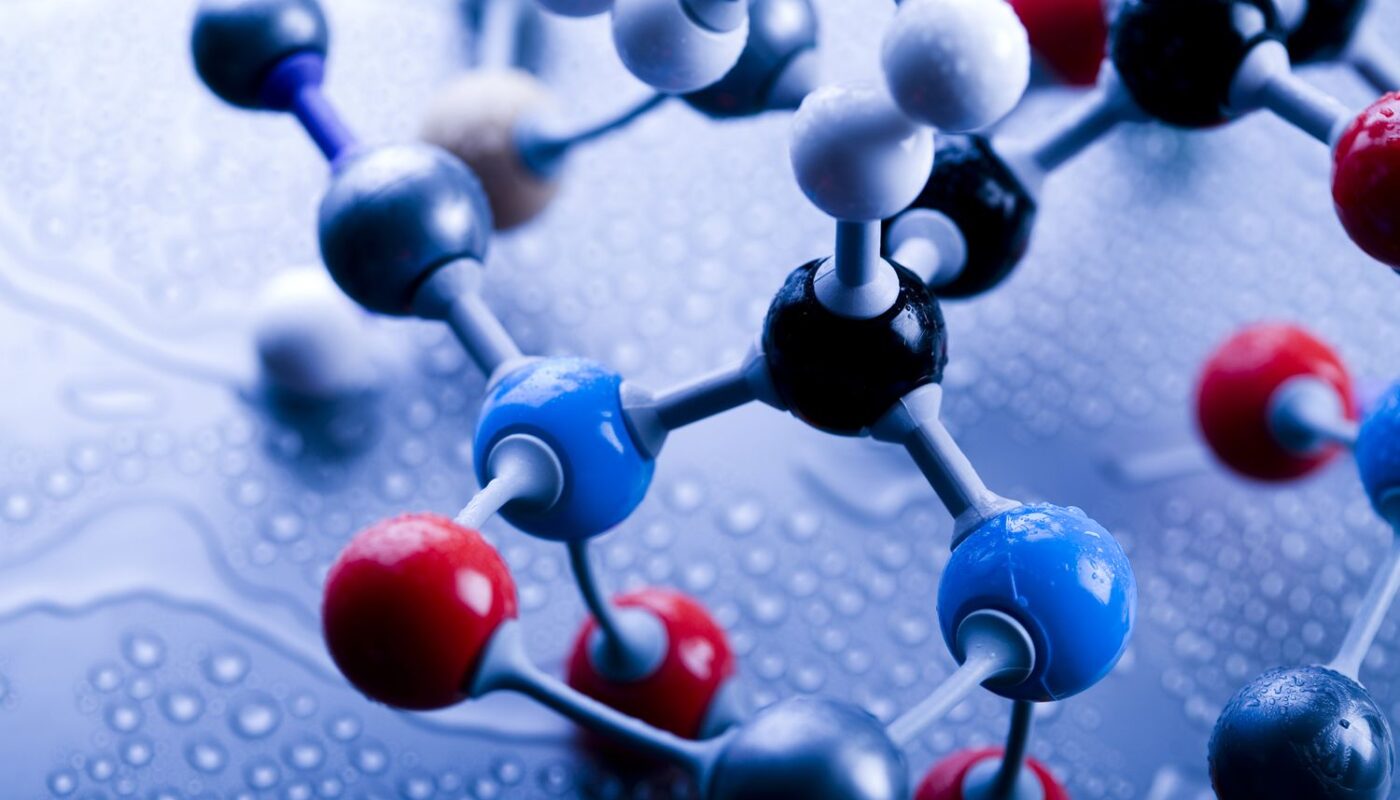The Basics of Antistatic Agents
All plastics have some degree of static charge generation due to their non-conductive nature. Left uncontrolled, static charges can cause a variety of issues including attraction of dust, difficulty in processing, and even safety hazards from sparks. Antistatic agents are chemical additives that help control static charges by increasing the electrical conductivity of plastics. They work by migrating to the surface of the material and imparting conductive sites that can dissipate static charges.
Two main types of antistatic agents are used – long chain and low molecular weight. Long chain antistatic agents have a carbon chain length of 12 carbons or more, allowing them to bloom to the surface more easily. However, low molecular weight antistatic agents (LMWAAs) are becoming increasingly popular due to their improved performance characteristics and ability to bloom effectively even at low concentrations.
Characteristics of LMWAAs
LMWAAS have carbon chain lengths under 12 carbons, classifying them as low molecular weight. Their smaller molecular size allows them to migrate faster to the plastic surface compared to traditional long chain agents. Some key characteristics of LMWAAs include:
– Effective at Low Loadings – LMWAAs can provide antistatic performance even at loadings under 1%. This is due to their ability to achieve high surface concentrations despite low overall content.
– Improved Processing – As they bloom more rapidly, LMWAAs do not require as much heat history or residence time to become effective. This enhances melt processing capabilities.
– Durability – Once on the surface, LMWAAs are more securely anchored thanks to their ability to interact intimately with the plastic matrix. This leads to durable, long-lasting antistatic properties.
– Heat and Light Stability – Many LMWAAs have improved tolerance to heat, light exposure, chemicals and other environmental factors versus traditional agents.
– Impact on Physical Properties – Due to very low additive levels required, LMWAAs have minimal effect on key properties like tensile strength, impact resistance and transparency.
Examples of Common LMWAAs
Quaternary Ammonium Salts
Quaternary ammonium salts (QAMs) are one of the most popular and effective LMWAA options. Examples of commonly used QAMs include:
– Ethyl-bis(hydroxyethyl)cocoamido propyldimonium chloride – Acts as an efficient molecular antistatic agent for plastics like polyethylene and polypropylene.
– Cocoamido propylhydroxy sultaine – Provides antistat properties to acrylic fibers and coatings used on fabrics. Promotes rapid surface migration.
– Ditallowdimethylammonium methyl sulfate – Suitable for plastics, rubbers and coatings. Very heat stable with long-lasting performance.
Amine Oxides
Amine oxides such as cocoamidopropyl amine oxide offer balanced hydrophilic-lipophilic properties, making them effective in plastics, fibers, paper and more. They bloom rapidly for immediate antistatic effects.
Carboxylic Acid Esters
Esters of fatty acids like polyethylene glycol esters of fatty acids work well in plastics and pigment concentrates. Good transparency retention and thermal stability are key benefits.
Selecting the Right LMWAA
Choosing the optimal LMWAA depends on the polymer substrate and end use conditions. Key factors include required surface resistivity levels, thermal stability needs, processing method, cost constraints and regulatory compliance. Testing different candidates allows evaluation of performance parameters and compatibility issues. With proper selection, LMWAAs deliver increased efficiency versus conventional agents.
The Future of LMWAA Technology
As static control demands grow more stringent, LMWAAs will play a rising role due to their enhanced characteristics. Continued research expands usable substrates and widens existing resistivity control abilities. Combination with other additive types may create tailored solutions. New LMWAA chemistries increase efficiency in demanding sectors like healthcare and electronics. Overall, low dosage requirements and robust, long-lasting effects cement LMWAAs as technologies of the future in antistatic applications. With further refinement, they can unlock new possibilities across multiple industries.
In conclusion, low molecular weight antistatic agents have emerged as a superior class of static controladditives compared to traditional long chain agents. Their small molecular size allows for highly efficient surface activity even at ultra-low loadings. This enhances durability, heat resistance and limited impact on physical properties. Proper selection of LMWAA type is key to fully unlocking their performance advantages for various polymer substrates. Continuous innovation will expand the potential of these advanced antistatic technologies in the years ahead.



